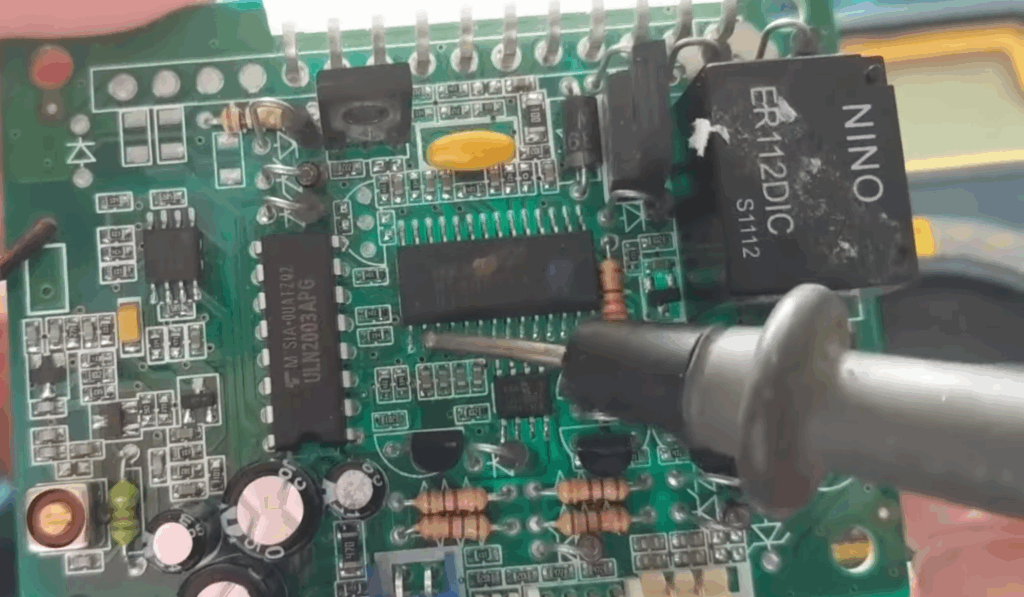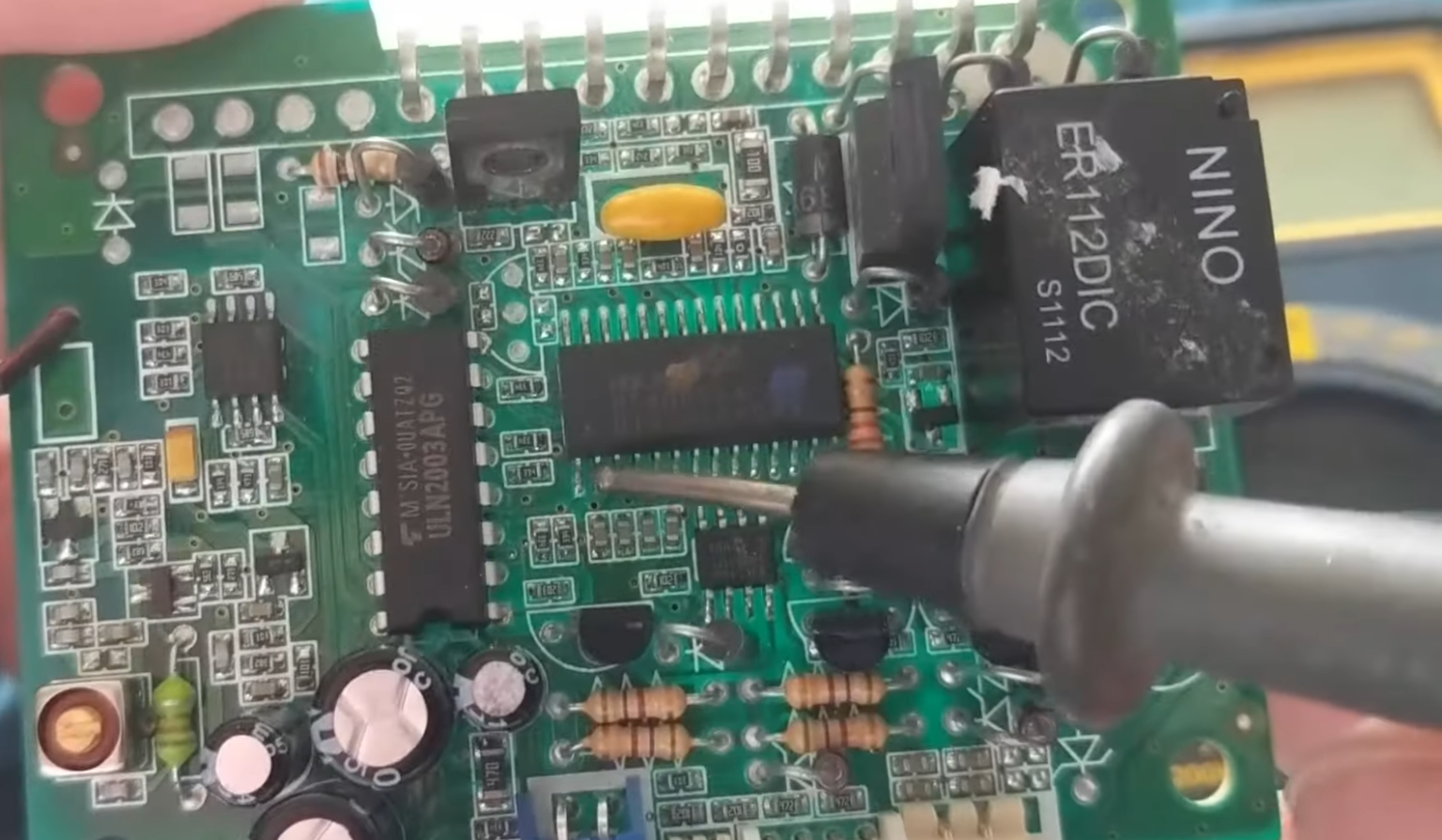
PCBs: Understanding Polychlorinated Biphenyls, Their Impact, and Regulations
Polychlorinated biphenyls, commonly known as PCBs, are a class of man-made organic chemicals that were widely used in various industrial and commercial applications. Their stability, non-flammability, chemical inertness, and electrical insulating properties made them highly desirable for use in electrical equipment, heat transfer fluids, hydraulic fluids, and plasticizers. However, the widespread use of PCBs has led to significant environmental contamination and raised serious concerns about their potential health effects. This article delves into the history, properties, uses, health impacts, and regulations surrounding PCBs, providing a comprehensive overview of this persistent environmental pollutant.
A Brief History of PCBs
PCBs were first synthesized in 1881, but their commercial production began in the 1920s. Monsanto Corporation was the primary manufacturer of PCBs in the United States, marketing them under the trade name Aroclor. Over the decades, millions of pounds of PCBs were produced and used globally. It wasn’t until the 1970s that the environmental and health risks associated with PCBs became widely recognized, leading to restrictions and eventual bans on their production in many countries. [See also: Environmental Regulations and Compliance]
Chemical Properties and Types of PCBs
PCBs are a group of 209 different compounds, known as congeners, each with varying numbers and positions of chlorine atoms attached to the biphenyl molecule. This variation in chlorine substitution gives each congener unique physical and chemical properties, affecting their persistence, bioaccumulation, and toxicity. Some PCBs are more volatile, while others are more persistent in the environment. Some are more readily metabolized, while others tend to accumulate in fatty tissues. The specific mixture of PCBs in a commercial product, like Aroclor, also influenced its properties and potential impacts.
Common Uses of PCBs
Due to their unique properties, PCBs found widespread application in various industries. Some of the most common uses included:
- Electrical Transformers and Capacitors: PCBs were used as dielectric fluids in electrical equipment due to their excellent insulating properties and resistance to heat.
- Hydraulic Fluids: Their non-flammability and stability made them suitable for use in hydraulic systems.
- Heat Transfer Fluids: PCBs were employed in heat exchangers and other heat transfer applications.
- Plasticizers: They were added to plastics, paints, and coatings to improve flexibility and durability.
- Adhesives, Inks, and Carbonless Copy Paper: PCBs found use in various other products due to their chemical stability.
Environmental Contamination and Pathways
The widespread use and improper disposal of PCB-containing materials have resulted in significant environmental contamination. PCBs can enter the environment through various pathways, including:
- Leaks and Spills: Accidental releases from electrical equipment and industrial processes.
- Improper Disposal: Discarding PCB-containing materials in landfills or incinerators.
- Volatilization: Evaporation of PCBs from contaminated surfaces.
- Runoff: Transport of PCBs from contaminated soil to waterways.
Once in the environment, PCBs can persist for long periods due to their resistance to degradation. They can accumulate in soil, sediments, and water, and can be transported long distances through air and water currents. PCBs are also known to bioaccumulate, meaning they build up in the tissues of living organisms as they move up the food chain. This can lead to high concentrations of PCBs in top predators, such as fish, birds, and mammals, posing a risk to both wildlife and human health.
Health Effects of PCB Exposure
Exposure to PCBs has been linked to a range of adverse health effects in both humans and animals. The severity and type of health effects can vary depending on the level and duration of exposure, as well as individual susceptibility. Some of the potential health effects associated with PCB exposure include:
Developmental Effects
Exposure to PCBs during pregnancy and early childhood can have detrimental effects on neurodevelopment. Studies have shown that children exposed to PCBs in utero or through breast milk may experience developmental delays, learning disabilities, and behavioral problems. These effects can persist into adulthood.
Immune System Effects
PCBs can suppress the immune system, making individuals more susceptible to infections and autoimmune diseases. Exposure to PCBs has been associated with decreased antibody production and impaired immune cell function.
Endocrine Disruption
PCBs are known endocrine disruptors, meaning they can interfere with the body’s hormonal system. They can mimic or block the action of hormones, leading to reproductive problems, thyroid dysfunction, and other endocrine-related disorders. [See also: The Impact of Endocrine Disruptors on Human Health]
Cancer
Some PCB congeners have been classified as probable human carcinogens based on evidence from animal studies. Exposure to PCBs has been linked to an increased risk of certain types of cancer, including liver cancer, non-Hodgkin’s lymphoma, and melanoma.
Other Health Effects
Other potential health effects associated with PCB exposure include skin lesions (chloracne), liver damage, and cardiovascular problems. More research is needed to fully understand the long-term health consequences of PCB exposure.
Regulations and Remediation Efforts
Due to the environmental and health risks associated with PCBs, many countries have implemented regulations to restrict their production, use, and disposal. In the United States, the Toxic Substances Control Act (TSCA) of 1976 banned the manufacture of PCBs and established regulations for their handling and disposal. The Environmental Protection Agency (EPA) is responsible for enforcing these regulations and overseeing the cleanup of PCB-contaminated sites.
Remediation of PCB-contaminated sites can be a complex and costly process. Various technologies are available for removing or neutralizing PCBs in soil, sediments, and water. These include:
- Excavation and Disposal: Removing contaminated soil and disposing of it in a permitted landfill.
- Incineration: Burning contaminated materials at high temperatures to destroy PCBs.
- Chemical Dechlorination: Using chemical reactions to remove chlorine atoms from PCB molecules, rendering them less toxic.
- Bioremediation: Using microorganisms to break down PCBs into less harmful substances.
- Capping: Covering contaminated sediments with a layer of clean material to prevent PCBs from entering the water column.
Reducing Your Exposure to PCBs
While PCBs are no longer produced in most countries, they can still be found in the environment and in some older products. Here are some steps you can take to reduce your exposure to PCBs:
- Avoid consuming fish from contaminated waters: Check with your local health department for advisories on fish consumption in your area.
- Test older electrical equipment for PCBs: If you have older transformers or capacitors, have them tested for PCBs and properly disposed of if necessary.
- Be aware of potential sources of PCBs in your home: Older paints, caulking, and sealants may contain PCBs.
- Follow safe work practices when handling potentially contaminated materials: Wear appropriate personal protective equipment, such as gloves and respirators.
Conclusion
PCBs are a persistent environmental pollutant that poses significant risks to human health and the environment. While their production has been banned in many countries, PCBs continue to be a concern due to their persistence and bioaccumulation. Continued efforts are needed to remediate contaminated sites, monitor PCB levels in the environment, and educate the public about the risks associated with PCB exposure. By understanding the properties, uses, health impacts, and regulations surrounding PCBs, we can work towards a cleaner and healthier future.

